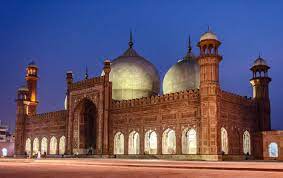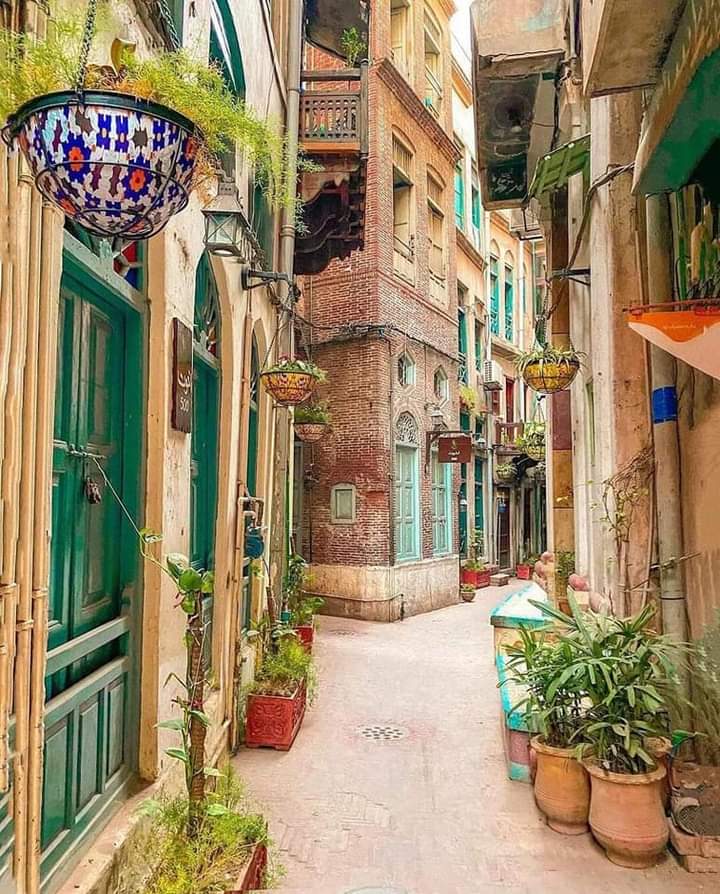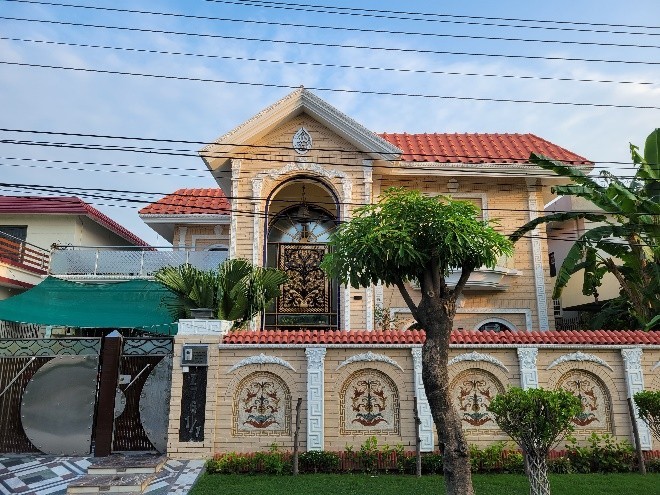Popular Architecture of Lahore
Oct 15, 2021
Dr. Iqbal Akhtar
Postdoc Scholar at UMT from Florida International University, USA
Dr. Iqbal Akhtar shares his thoughts about popular architecture of Lahore
I am always disoriented when I arrive in Pakistan. Aside from the jetlag, there is aesthetic schizophrenia to popular architecture in Lahore. A short tour through the wealthy Defense Housing Authority (DHA) is a journey through a dizzying array of architectural styles without any cohesion.
Many societies have a definable aesthetic - a style that characterizes a period, highlights an innovation, a cultural statement, or adaptation to the local environment. For example, Art Deco and MiMo in Miami. Old Lahore has a shared architectural heritage with other cities, such as Delhi, but the rapid postcolonial urbanization and globalization have confined that to the past, as old. Pakistani popular architecture is an elusive search to be modern, to be accepted by class peers, and respected by the outside world.
DHA is a statement of wealth and power from home and addresses signs to the landscaping. DHA in Lahore was established in 1975 to serve the military class and with the success of the Lahore University of Management Sciences (LUMS) as well as the security and reliability of municipal services has made the area one of the highest in appreciation. Both DHA and LUMS serve 1% of Pakistan as most home purchasing is done in cash, the country remains a largely cash-based society. DHA’s rules-enforced sectors are divided into residential and commercial plots with the designation of green spaces for parks. Utilities are more reliable than in other parts of the city, pollution kept at a minimum. In contrast, the homes of the urban poor are, as in many parts of the developing world, mainly made of reinforced concrete and brick in an economical block style.
Lahore’s architectural diversity is seen in its wealthy residential architecture, such as in the DHA. Traditional Lahori architecture used red sandstone, brick, and marble to create beautiful imperial monuments like the Badshahi Mosque. There is little interest among urbanites for this architectural style, except in wedding halls, where the bride and groom are Mughal princes and princesses.
A walk down the street in any wealthy neighborhood in Lahore can begin with Pueblo, to Southeast Asian colonial, to modern and various styles in-between taking elements of various styles throughout history around the world put together in seemingly random ways. Neighborhoods reflect both what is in vogue at the time of construction as well as the aspirations of the occupants as each family hires its architect to design the construction on the purchased plot. Most homes are in various Western styles (Continental and Anglo-American) which illustrate the initial homebuilders’ understanding of identity and success.
Interestingly, the only ‘Islamic’ influences are geometrical patterns in latticework or inlays and the seemingly obligatory Mashallah (‘what God has willed’) or Quranic verses to protect the home from the evil eye. Success for an aspirational upper-middle-class family is a baroque Italian villa.
Why a baroque Italian villa? We cannot escape the impact of colonization on Pakistani identity as imparting a feeling of indigenous inferiority. Traditional is bulldozed for ‘modern’. Also, this perspective is based on the experience of Pakistanis in their daily lives. Go to Carrefour, the Pyrex container made in Italy is the best quality, Iranian second-best, and Pakistani poorest and cheapest of them all.
Pakistanis would prefer a doctor who has trained abroad rather than one who has only lived and worked in Pakistan and is unable to hold a conversation in English. The elite of Pakistan that has lived abroad understands the West’s virtues and vices and are valuing traditions and history from truck art to its Gandharan past. But for the aspirational middle class and the temporarily rich unable to live abroad, the West is a success. This is fueled by the Pakistani diaspora whose wealth and stories ignite and sustain the fire of exodus among the 220 million left behind.
Most urban houses are made of concrete and brick, unlike in North America and Scandanavia where wood predominates. There is little insulation to the extremes of heat and cold when electricity in the summer and natural gas in the winter are inevitably rationed by the utilities. This forces an embodied relationship to the seasons; it is always felt and directs daily life.
So, a house in Defense means that you have made it. DHA is divided into sectors, the newer ones are the most expensive, and the older sectors signal establishment. Each house is an economy unto itself with servants, groundskeepers, and even guards. Many have servant quarters in the rear. The servant caste on motorbikes arrives in the early morning to their assigned fortresses and leaves in the afternoon joining rush hour. The distance of class and suspicion separate residents from their daily visitors in a particularly Asian way. The wealth of exclusive housing societies, like Defense and Bahria, are contrasted with small villages that were consumed in the expansion of Lahore. Extreme wealth and poverty are separated by a single street. These housing societies are oases of calm greenery, diverse flora, and fauna, among the dust-filled neighborhoods of urban sprawl creating wildlife corridors from the River Ravi to the border.
There is a precarity to success in Pakistan. One’s political or economic situation, like the exchange rate, can change at a moment’s notice wiping out a lifetime of work. Therefore, houses/land and a child’s education are the two repositories of generational wealth for the upper-middle-class within the country. As the Pandora and Panama leaks show, the only real option for securing assets is outside the country. The apparent permanence of the imposing concrete and brick houses in Defense belies the upper-middle-class owners actual financial precarity in which the hand of fate can be tipped against them at any time.


